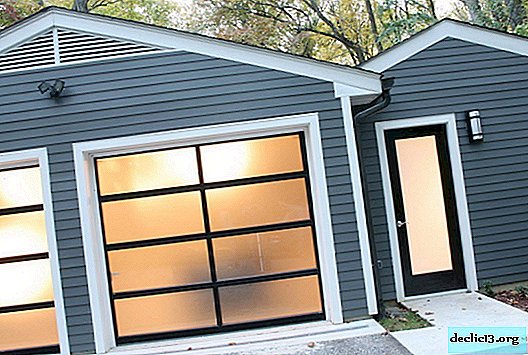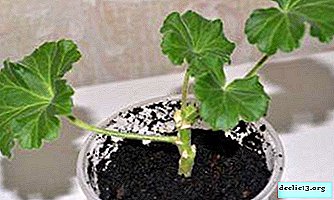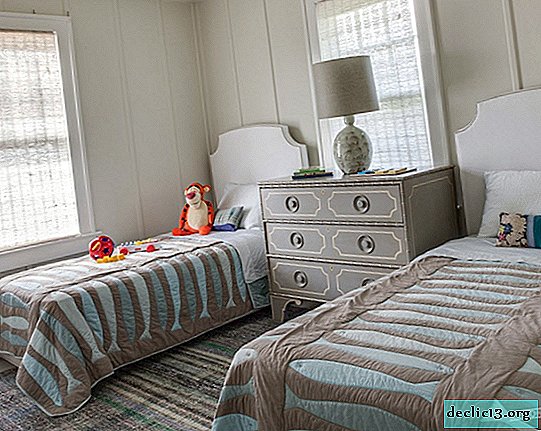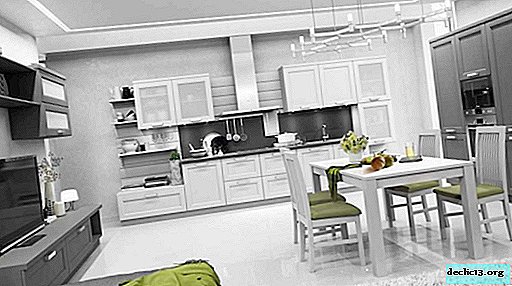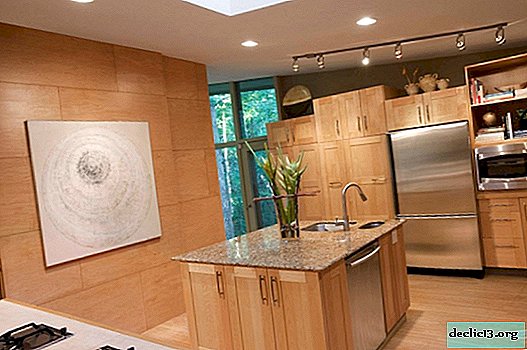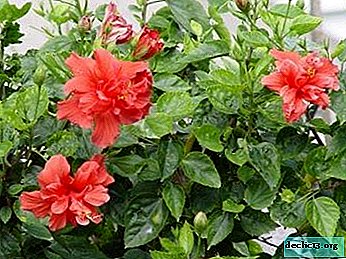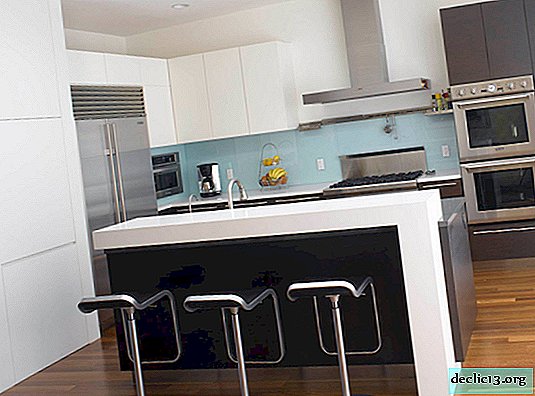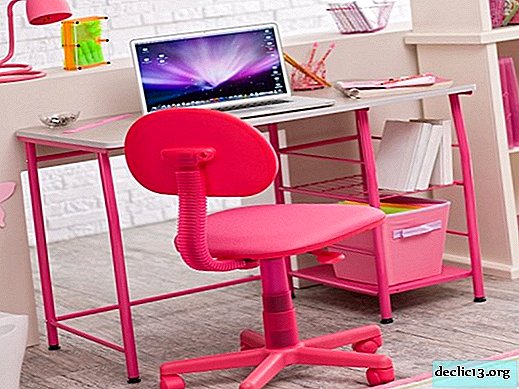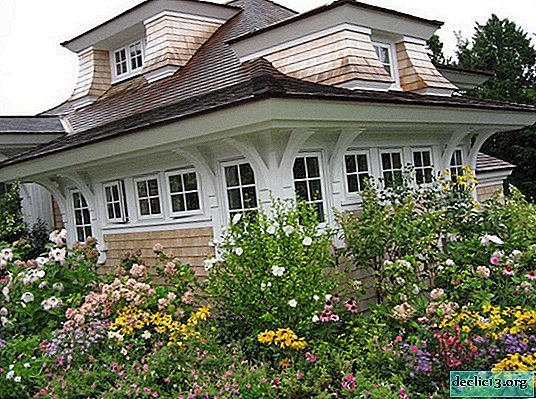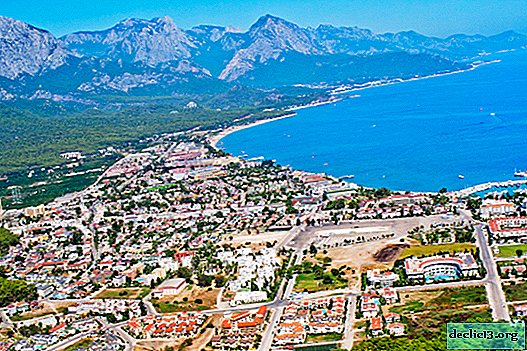Plastic panels: types, advantages and disadvantages
Plastic panels are made of solid polyvinyl chloride with the addition of a small amount of softener. Due to its qualities, it is most often used for decoration in offices, restaurants, entertainment centers and other public places. Also used to decorate the bathroom or kitchen. Like any other material, PVC panels have both their strengths and weaknesses. But first things first:
The advantages of plastic panels
- Easy installation. Plastic panels can be easily assembled and installed independently, without the involvement of specialists. The material is mounted on any surface without prior preparation. In this case, after work, there is a minimum of debris: trimmed panels and shavings.
- Low cost. The price of the material makes it especially popular for budget repairs of the premises. As practice shows, finishing with PVC panels is half the price than, for example, with ceramic tiles.
- Reliability and practicality. As you know, plastic panels are resistant to moisture and fungi. Also, the material can be repeatedly disassembled and collected, which is especially convenient when moving. Among other things, PVC panels do not fade in the sun and retain their original appearance for many years.
- A wide selection of textures and colors. A variety of colors allows you to implement the most daring design decisions. Also, the material is able to imitate the texture of wood, stone, fabric or even leather.
- Moisture resistance. Separately, it is worth noting the fact that PVC panels are absolutely not afraid of water. That is why they are so often used in decorating bathrooms.
The disadvantages of plastic panels
- It is not environmentally friendly material. Plastic, as you know, is made using various chemicals. When burning, it releases substances hazardous to health, which is why it is not often used in residential premises. Also, low-quality panels can give off a specific smell.
- Does not withstand temperature differences. If the temperature changes sharply, the material may be damaged.
- Weak strength. PVC panels, like any plastic, are easily exposed to physical damage. Fortunately, replacing the deformed area is not difficult.
Types of Plastic Panels
There are three types of plastic panels:
Stacked rack panels (similar in appearance to lining). This view can only be installed on the wall. Installation is carried out using mounting brackets:
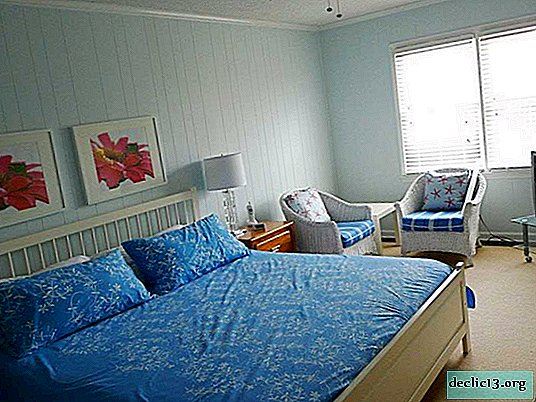
- length from 90 to 300 cm;
- width from 13 to 30 cm;
- thickness from 0.8 to 1.2 cm.
The panels are assembled quickly enough using the "tongue-and-groove" technique. Additional gaps can be omitted if there is no additional decor between the panels. An interesting point: if the panels are laid horizontally, then the wall in the room will visually appear wider, and with the horizontal - higher.
Panels for tiles. Stacked as well as rack, but in the end a completely different effect is obtained. The most popular are panels from 30 to 98 cm. If you use the material as a mosaic or apply a checkerboard pattern, you can get an original and colorful interior.

Sheet panels. It looks like ordinary plywood with a pattern. Attached with glue and nails. Panel thickness 0.3 to 0.6 cm

How to choose plastic panels
Pay attention to the appearance: the canvas should be perfectly even, without waves and drops. Among other things, it is necessary that all panels are the same color. In packages the canvases of the same color can vary significantly in tone, everything should be checked upon purchase. Try to buy material from one batch. For other finishes, read here.

